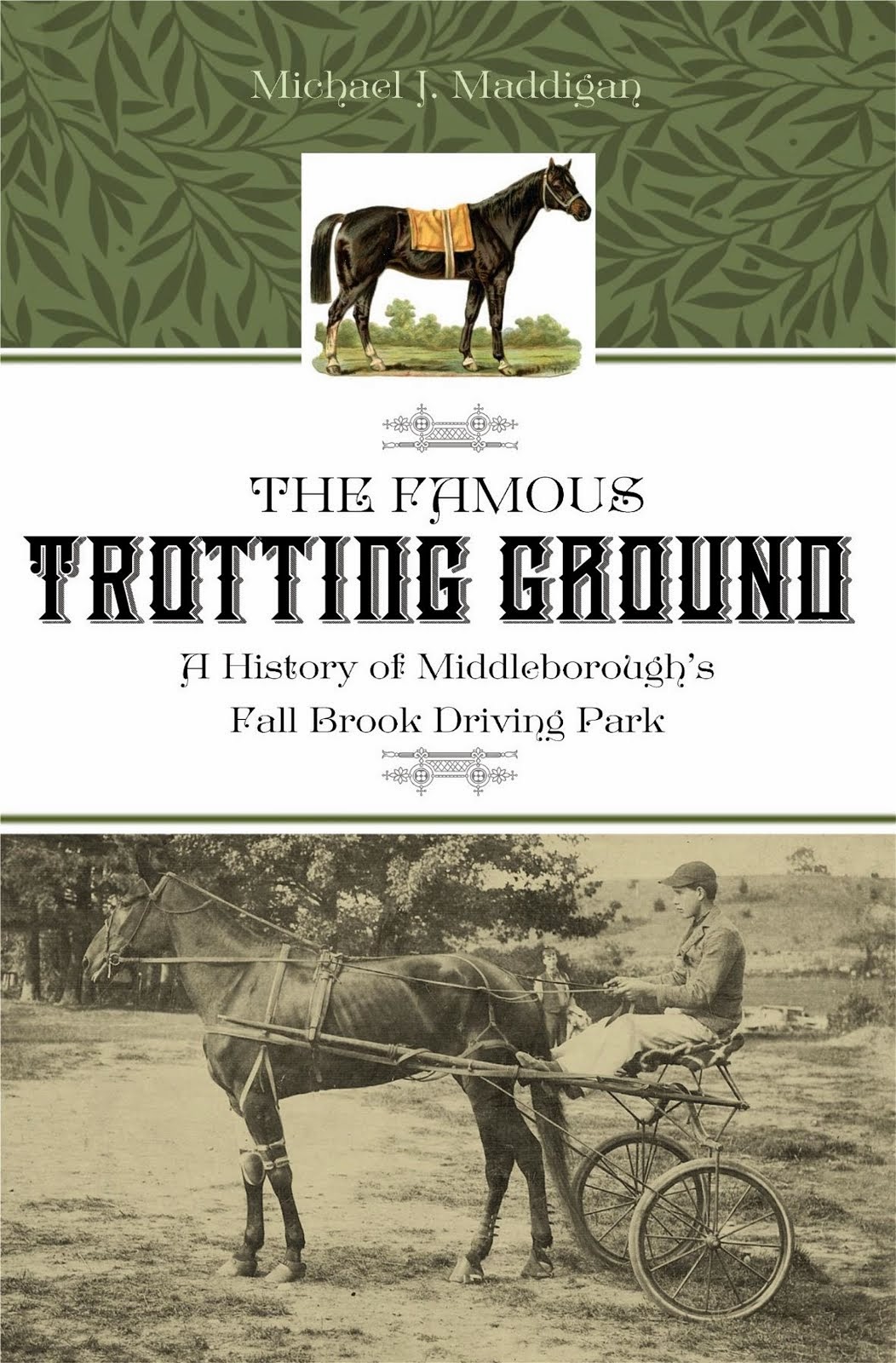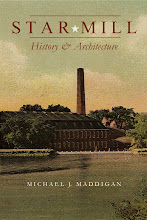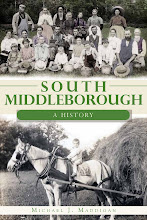Friday, November 2, 2012
Ink Blotters
In the past when fountain pens were the principal writing instrument, ink blotters were commonly found nearby. Fashioned from a piece of curved wood or other material, the rocker-style ink blotter featured a knob-like handle on the top and thick absorbent paper on the bottom which could be changed. In order to prevent smearing, excess ink was absorbed from a handwritten page by rocking the blotter over the paper. Businesses eventually found blotting paper, itself, to be an inexpensive form of advertising. Blotters made of thick but absorbent paper were issued as oblong-shaped cards typically measuring 6 by 3 inches. While the reverse was used for blotting ink, the top featured advertisements for banks, insurance companies, service businesses and retailers. With the increasing popularity of the ball point pen in the 1950s came the demise of fountain pens, rocker blotters and blotting paper. Common in the past, advertising card blotters may still be found today in antique stores and other places, though most people are unaware of the functional purpose they once served.
Illustrations:
Middleborough Trust Company, Ink Blotter, 1930s.
Banks were among the most common distributors of advertising blotters and those in Middleborough were no exception as evidenced by this blotter from the Middleborough Trust Company.
Harold A. Williams, Ink Blotter, 1930s.
Private businesses found the blotter a unique way to advertise and one which provided more space than the traditional business card, allowing the business to list services and other details which might not otherwise fit on a smaller card.
Illustrations:
Middleborough Trust Company, Ink Blotter, 1930s.
Banks were among the most common distributors of advertising blotters and those in Middleborough were no exception as evidenced by this blotter from the Middleborough Trust Company.
Harold A. Williams, Ink Blotter, 1930s.
Private businesses found the blotter a unique way to advertise and one which provided more space than the traditional business card, allowing the business to list services and other details which might not otherwise fit on a smaller card.
Thursday, November 1, 2012
Middleboro Skating Rink and the M. C. B.
 Roller skating was one of the most popular pastimes of the 1880s, and locally the sport was sponsored by the Middleboro Cornet Band (M. C. B.) which managed the Middleboro Skating Rink, also known as the Nemasket Skating Rink, on Union Street. Established in 1865, the M. C. B. found that social occasions such as roller skating provided a perfect venue for their performances, and the band accordingly sponsored skating first at Middleborough Town Hall and later at the Middleboro rink where skaters could glide about the wooden floor, accompanied by popular tunes of the day. Frequently the band hosted more formal social functions at the rink, including 1881's Grand Masque Carnivale with skaters dressed in elaborate costumes participating. The rink operated through 1886 when it was disassembled, though the band continued to perform until the early 1900s.
Roller skating was one of the most popular pastimes of the 1880s, and locally the sport was sponsored by the Middleboro Cornet Band (M. C. B.) which managed the Middleboro Skating Rink, also known as the Nemasket Skating Rink, on Union Street. Established in 1865, the M. C. B. found that social occasions such as roller skating provided a perfect venue for their performances, and the band accordingly sponsored skating first at Middleborough Town Hall and later at the Middleboro rink where skaters could glide about the wooden floor, accompanied by popular tunes of the day. Frequently the band hosted more formal social functions at the rink, including 1881's Grand Masque Carnivale with skaters dressed in elaborate costumes participating. The rink operated through 1886 when it was disassembled, though the band continued to perform until the early 1900s.Middleboro Cornet Band, Trade Card, 1881
The colorful trombonist on the front reads music which is marked M. C. B., Middleboro Cornet Band, while the reverse provides the details for patrons. Skaters were not allowed on the rink floor unless dressed in costume.
Subscribe to:
Posts (Atom)
























+of+Smoky+Mountains+018.jpg)